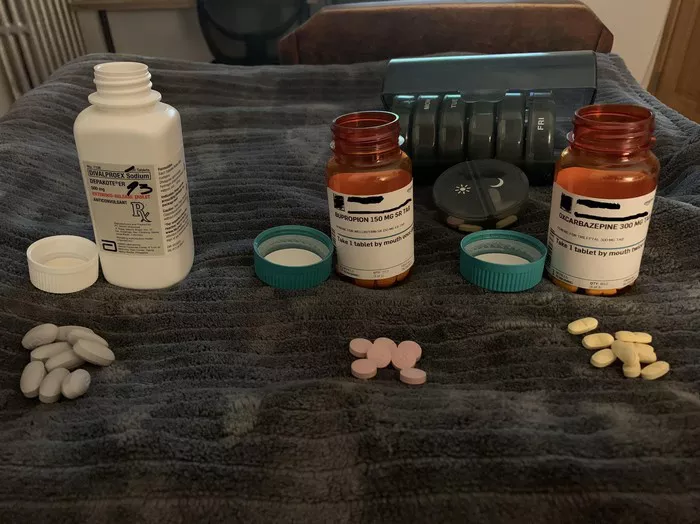Ischemic stroke is a significant global health concern, marked by the sudden interruption of cerebral blood flow, which leads to various neurological deficits. Epidemiological data show a high incidence of ischemic stroke, especially among populations with risk factors such as aging, hypertension, diabetes, and obesity. Stroke remains one of the leading causes of long-term disability, and cognitive impairment is one of its most common and debilitating complications. Age-related physiological changes—such as impaired hemodynamics, arterial stiffness, chronic neuroinflammation, and increased blood-brain barrier (BBB) permeability—further aggravate the severity of vascular cognitive dysfunction.
Post-stroke cognitive impairment (PSCI) refers to a decline in cognitive abilities following a stroke, affecting attention, memory, executive functioning, and visuospatial skills. This impairment not only reduces quality of life but also complicates the rehabilitation process. PSCI ranges from mild cognitive impairment to severe forms such as vascular dementia. Understanding the clinical characteristics of these deficits is vital for developing targeted rehabilitation strategies to improve patient outcomes.
Physical exercise, particularly aerobic exercise, has gained prominence as a non-pharmacological intervention that can regulate neuroinflammatory pathways and improve cognitive function. Aerobic activities, such as walking, cycling, and swimming, have shown promise in enhancing brain health and are increasingly integrated into stroke rehabilitation programs. Recent studies suggest that aerobic exercise enhances cerebral blood flow, promotes neurogenesis, and improves cognitive outcomes through the modulation of glial cells and neuroprotective factors. These benefits position aerobic exercise as a promising intervention to counteract the cognitive decline associated with ischemic stroke.
A meta-analysis of 29 randomized controlled trials (RCTs) involving 1,507 participants with Alzheimer’s disease demonstrated that aerobic exercise significantly improved overall cognitive function (MD = 2.83; 95% CI: 0.66–4.85). Another study on sedentary older adults revealed that a one-year moderate-to-high intensity aerobic exercise program improved peak oxygen uptake by 10% (p < 0.001) and enhanced cognitive performance, with a positive correlation between physical fitness and cognitive function (r = 0.282, p = 0.042).
Despite these encouraging findings, heterogeneity in exercise responses based on stroke subtype and individual characteristics remains poorly understood. The mechanisms by which aerobic exercise affects cognitive recovery post-stroke also require further exploration. This review integrates evidence from epidemiology and molecular biology to examine the role of aerobic exercise in cognitive rehabilitation after ischemic stroke, aiming to refine it from a general intervention into a personalized treatment strategy.
The Relationship Between Ischemic Stroke and Cognitive Dysfunction
Pathophysiological Mechanisms of PSCI
Ischemic stroke initiates a cascade of pathological events that can severely impair cognitive function. Arterial occlusion leads to a reduction in cerebral blood flow, depriving neurons of oxygen and glucose, which in turn causes cellular injury. The ischemic insult activates neuroinflammatory responses, including the release of pro-inflammatory cytokines and microglial activation, further exacerbating neuronal damage and cognitive decline.
The breakdown of the BBB during a stroke allows immune cells to infiltrate the brain, intensifying inflammation and contributing to cognitive deficits. Oxidative stress also plays a pivotal role by promoting neuronal apoptosis and impairing neurogenesis, especially in the hippocampus. These interconnected mechanisms highlight the complexity of PSCI and underscore the need for interventions that target multiple biological pathways.
Lesion location also significantly influences cognitive outcomes. For example, left hemisphere strokes, particularly those involving the medial temporal lobe and white matter, are associated with verbal memory deficits. Right hemisphere strokes, especially in the parietal lobe, often lead to visuospatial impairments. Patients with subcortical infarcts (e.g., basal ganglia) tend to have slower cognitive recovery but may still benefit from aerobic exercise via contralateral neuroplasticity. In contrast, cortical infarcts (e.g., prefrontal cortex) may require longer interventions for noticeable cognitive improvements.
Types and Assessment of Cognitive Dysfunction
Cognitive dysfunction following stroke manifests in various domains, including memory, executive function, and attention. Accurate assessment of these domains is crucial for guiding rehabilitation. Commonly used tools include the Mini-Mental State Examination (MMSE) and the Montreal Cognitive Assessment (MoCA). MoCA scores between 18 and 25 indicate mild impairment, 10 to 17 indicate moderate impairment, and scores below 10 suggest severe cognitive dysfunction.
More advanced diagnostic tools, such as functional near-infrared spectroscopy (fNIRS), offer real-time measurement of brain activity and have shown promise in assessing cognitive impairment post-stroke. Identifying specific cognitive deficits allows for more targeted interventions, potentially improving rehabilitation outcomes and overall quality of life.
Aerobic Exercise as a Rehabilitation Strategy
Types of Aerobic Exercise
Different modalities of aerobic exercise contribute uniquely to post-stroke recovery. Gait training, aquatic therapy, and stationary cycling are among the most widely studied forms. Gait training, aimed at improving walking ability, enhances lower limb strength and coordination. A 12-week RCT involving 120 stroke survivors found that gait training three times per week improved walking speed by 0.3 m/s (95% CI: 0.2–0.4) and reduced fall risk by 40%.
Aquatic therapy offers a low-impact alternative that reduces joint stress while promoting cardiovascular health and psychological well-being. An RCT with 26 participants demonstrated significant improvements in physical function, pain relief, emotional resilience, and social participation following aquatic therapy.
Cycling exercises provide a practical and scalable form of aerobic activity. Stationary bikes with resistance settings can be adapted for various levels of physical ability. These exercises have been linked to improvements in attention and executive function, especially when combined with dual-task training.
Mechanisms of Cognitive Improvement
The cognitive benefits of aerobic exercise are mediated through several physiological and molecular mechanisms:
Improved Cerebral Blood Flow (CBF): Aerobic activity enhances perfusion to brain regions involved in cognition, particularly the prefrontal cortex and hippocampus.
Neuroplasticity and Neurogenesis: Exercise stimulates the expression of brain-derived neurotrophic factor (BDNF), which supports synaptic plasticity and the formation of new neurons.
Reduction in Neuroinflammation: Aerobic activity downregulates inflammatory pathways, such as the NLRP3 inflammasome, and reduces levels of pro-inflammatory cytokines.
Mitigation of Oxidative Stress: Regular aerobic exercise increases antioxidant capacity, reducing oxidative damage to neural tissue.
These mechanisms collectively contribute to the preservation and recovery of cognitive function following ischemic stroke.
Challenges and Future Directions
While the evidence supporting aerobic exercise in cognitive rehabilitation is robust, several challenges remain. One key issue is the lack of standardized exercise protocols. Variability in exercise intensity, duration, and frequency across studies makes it difficult to establish clear clinical guidelines. Moreover, individual differences in stroke subtype, lesion location, and baseline cognitive status influence the effectiveness of exercise interventions.
To address these challenges, future research should focus on large-scale, randomized controlled trials with stratified designs to identify which subgroups benefit most from specific exercise regimens. Biomarkers such as BDNF levels, functional MRI patterns, and inflammatory markers could be used to personalize rehabilitation strategies.
Conclusion
Aerobic exercise is a promising, evidence-based intervention for improving cognitive function following ischemic stroke. Through mechanisms such as enhanced cerebral blood flow, neurogenesis, and reduced inflammation, aerobic activities can significantly contribute to cognitive recovery. Despite existing challenges in standardizing protocols and personalizing treatment, integrating aerobic exercise into post-stroke rehabilitation programs offers a dual benefit—enhancing both physical and cognitive health. As research continues to evolve, aerobic exercise has the potential to become a cornerstone of comprehensive, individualized stroke recovery strategies.
Related Topics



































